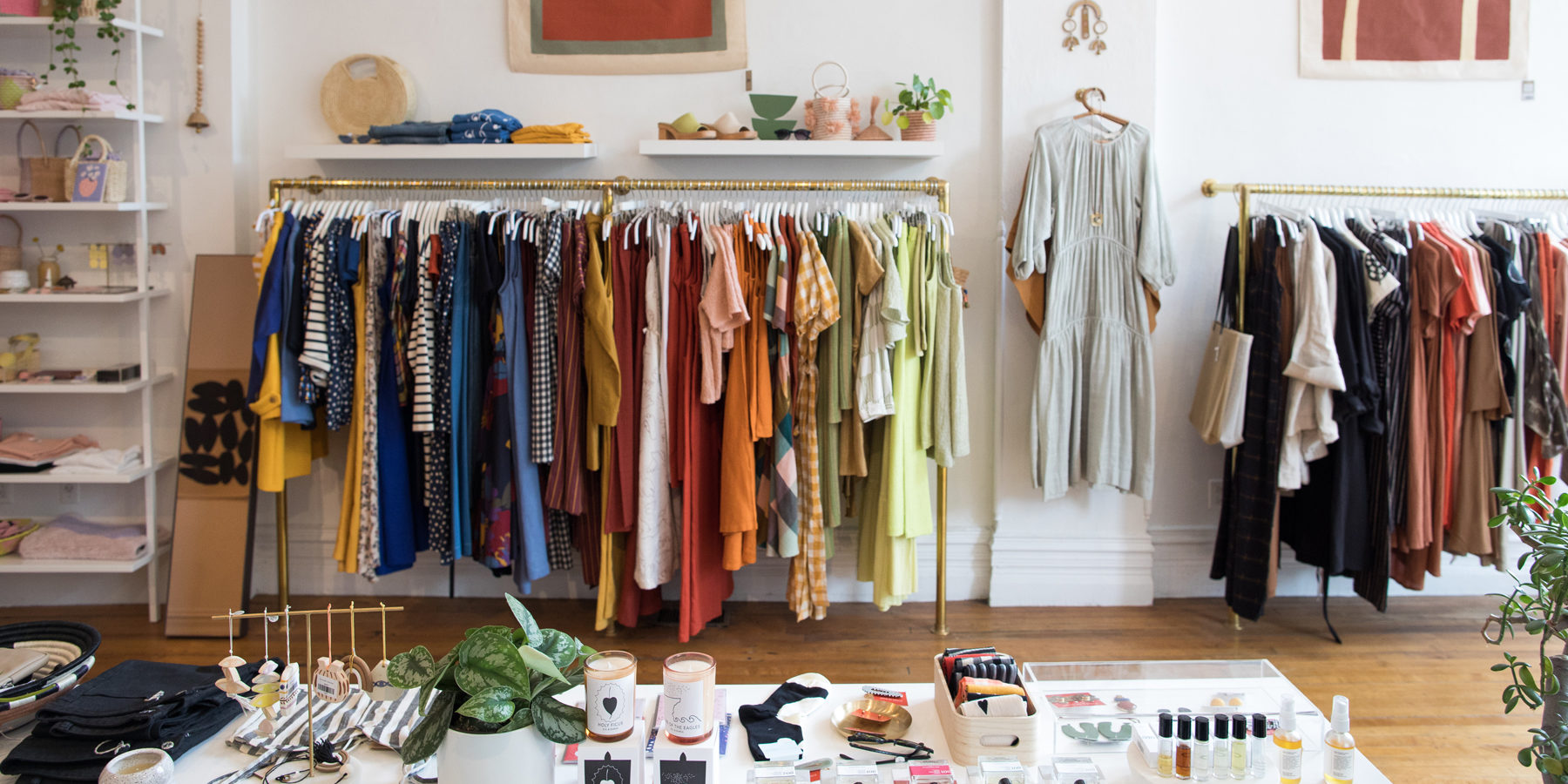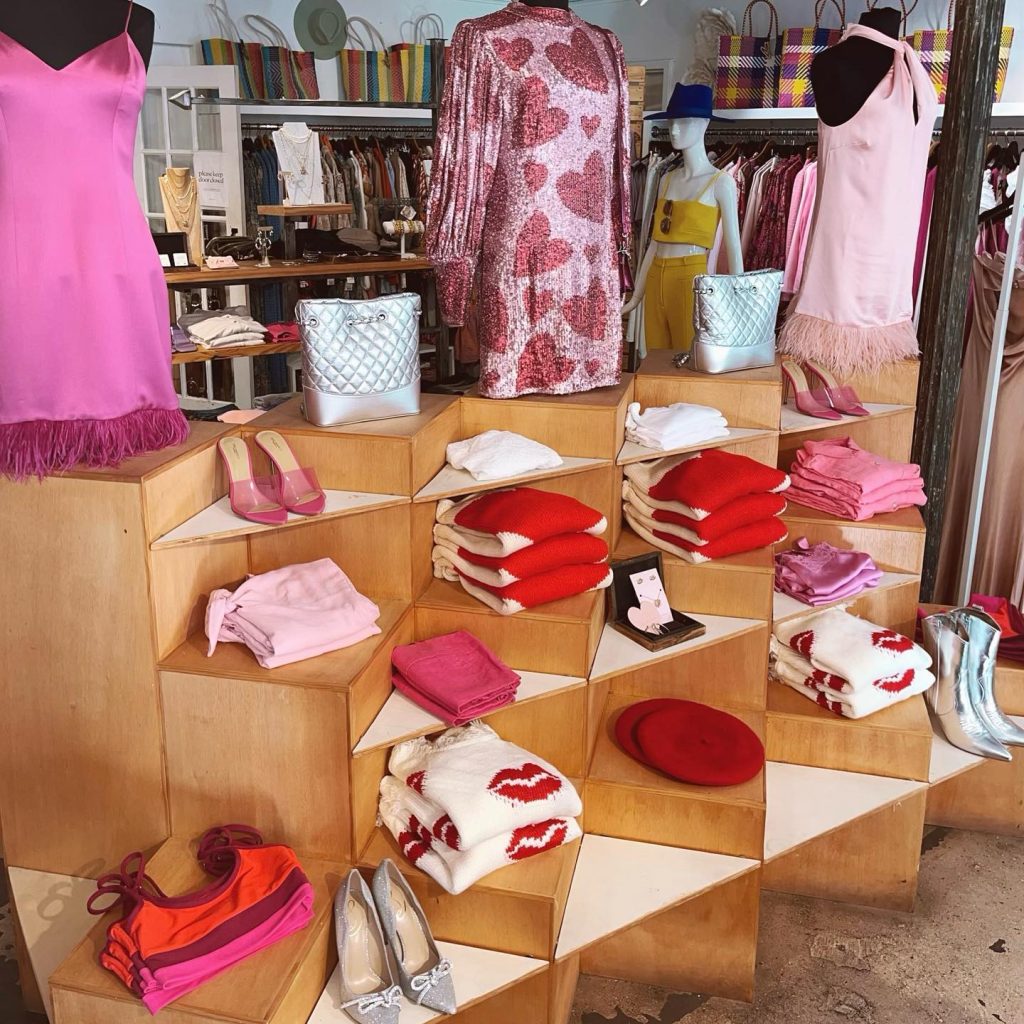A Deep Dive Into the Globe of High-Fashion Runways: Recognizing Clothes as Art
Designers, much like masterful artists, weave elaborate narratives with kind, color, and fabric, redefining and challenging conventional standards appeal standards. As we check out these sartorial spectacles, we must ponder: what duty does fashion play in shaping societal worths, and just how does it reflect the ever-changing tapestry of human emotion and identification?
The Advancement of Runway Reveals
The trajectory of runway programs has changed substantially over the decades, advancing from special industry events to exciting spectacles that mix fashion with art. Commonly, runway programs were intimate affairs, kept in ateliers or small venues, mainly participated in by purchasers and sector insiders. These very early discussions concentrated on the garments' craftsmanship and business feasibility, providing a sensible and direct screen of seasonal collections.
As the garment industry increased, the nature of runway programs started to change. The 1970s and 1980s marked a transforming factor, with developers seeking to differentiate themselves via even more theatrical presentations. This age saw the surge of elaborate sets, choreographed versions, and thematic stories, declaring a new age where the path came to be an experiential platform. The shows transformed into a type of narration, where each collection shared a distinct narrative or idea.
Over the last few years, innovation and social networks have even more reinvented path programs, making them easily accessible to an international audience. Livestreaming and digital platforms have actually equalized fashion, enabling fanatics worldwide to witness these occasions in real-time (boutique fashion). This advancement mirrors a more comprehensive social change, where high-fashion paths work as a dynamic crossway of innovation, design, and efficiency
Designers as Visionary Artists
Designers in the high-fashion sector have obscured the lines between useful garment development and the theoretical realm of art. By welcoming artistic techniques such as sculpture, painting, and avant-garde installments, designers craft garments that test traditional style standards and elevate them to art kinds.
Visionary designers draw ideas from a myriad of sources, including abstract art, historic references, and personal stories. They possess a distinct capacity to imagine and emerge concepts that push the limits of standard fashion, commonly redefining aesthetic standards while doing so. This innovative resourcefulness is showcased through remarkable shapes, cutting-edge materials, and detailed workmanship, which invite customers to experience style as greater than just wearable items.
In addition, the path acts as a canvas for these musicians, where illumination, songs, and set design coalesce to create immersive experiences. These discussions are not merely display screens of clothing but are managed performances that evoke feeling and provoke idea, verifying the developer's function as a real musician in the contemporary social landscape.
Cultural Impacts in Fashion
Cultural tapestry weaves click now its intricate patterns into the textile of fashion, affecting designers around the world. The vibrant interchange of social tales, practices, and symbols notifies and motivates collections that grace high-fashion runways.
The impact of society on fashion is usually seen in the reinterpretation of standard garments and patterns. The use of Japanese robes, Indian saris, or African prints in contemporary fashion reflects a mix of social authenticity and contemporary aesthetics. Developers such as Valentino's Pierpaolo Piccioli and Alexander McQueen's Sarah Burton have been recognized to integrate abundant social motifs into their couture collections, converting background into wearable art.

Innovation in Fabric and Design
Development in textile and style consistently improves the landscape of high-fashion, pushing borders and redefining opportunities. Recently, technical innovations have significantly contributed to this evolution, introducing materials that test traditional perceptions. Textiles ingrained with clever fibers, efficient in transforming shade or regulating temperature, are no longer confined to the world of sci-fi. Developers are progressively checking out the integration of technology, such as 3D printing, which allows for the production of complicated structures that were previously unimaginable.
In addition, sustainability has become a critical theme in fabric technology. The style sector is seeing a rise in making use of eco-friendly materials, originated from recycled plastics, natural fibers, and even biodegradable parts. These advancements not only use new structures and aesthetic appeals but additionally address vital ecological worries. Developers are accepting these products to craft garments that are both visually striking and mindful of their eco-friendly footprint.
In regards to style, experimental types and progressive shapes are continuously revolutionizing the runway. By incorporating unique materials and cutting-edge methods, designers cultivate garments that blur the line between fashion and art, setting new requirements for creative thinking and expression in the high-fashion sphere.
Impact of Fashion on Society
Fashion possesses a profound influence on society, serving as both a representation of social identity and right here a catalyst for social adjustment (boutique fashion). With its advancement, style has mirrored social changes, encapsulating the zeitgeist of numerous ages.
Furthermore, style has the power to bridge social gaps, cultivating understanding and recognition among varied groups. As globalisation increases, the cross-cultural exchange of fashion concepts ends up being increasingly substantial, promoting inclusivity and variety. The rise of streetwear, stemming from metropolitan subcultures, highlights exactly how style can transcend socio-economic borders, approving people a way of self-expression and empowerment.
In significance, fashion is not just regarding visual appeals; it is a vibrant force that affects worths, mindsets, and social progress (boutique fashion). By continually interacting with social and social currents, fashion stays an indispensable part of the cumulative human experience

Verdict
Developers, similar to visionary artists, orchestrate collections that mirror identification, emotion, and cultural stories, testing conventional visual appeals. This intersection of style and creativity not only astounds audiences worldwide yet likewise influences social understandings and promotes a much deeper gratitude for cultural variety.

Social tapestry weaves its elaborate patterns right into the textile of fashion, influencing designers around the world.Fashion wields an extensive impact on culture, serving as both a reflection of cultural identification and a stimulant for social change.